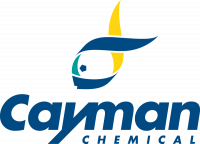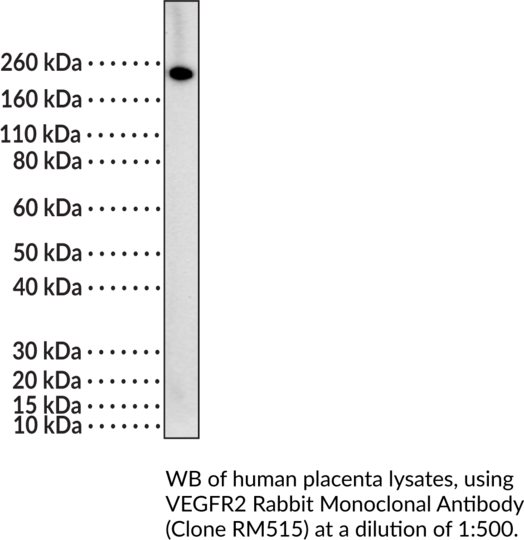Cookie-Einstellungen
Diese Website benutzt Cookies, die für den technischen Betrieb der Website erforderlich sind und stets gesetzt werden. Andere Cookies, die den Komfort bei Benutzung dieser Website erhöhen, der Direktwerbung dienen oder die Interaktion mit anderen Websites und sozialen Netzwerken vereinfachen sollen, werden nur mit Ihrer Zustimmung gesetzt.
Konfiguration
Technisch erforderlich
Diese Cookies sind für die Grundfunktionen des Shops notwendig.
"Alle Cookies ablehnen" Cookie
"Alle Cookies annehmen" Cookie
Ausgewählter Shop
CSRF-Token
Cookie-Einstellungen
FACT-Finder Tracking
Individuelle Preise
Kundenspezifisches Caching
Session
Währungswechsel
Komfortfunktionen
Diese Cookies werden genutzt um das Einkaufserlebnis noch ansprechender zu gestalten, beispielsweise für die Wiedererkennung des Besuchers.
Facebook-Seite in der rechten Blog - Sidebar anzeigen
Merkzettel
Statistik & Tracking
Endgeräteerkennung
Kauf- und Surfverhalten mit Google Tag Manager
Partnerprogramm
| Artikelnummer | Größe | Datenblatt | Manual | SDB | Lieferzeit | Menge | Preis |
|---|---|---|---|---|---|---|---|
| Cay42781-100 | 100 µl | - |
6 - 10 Werktage* |
512,00 €
|
Bei Fragen nutzen Sie gerne unser Kontaktformular.
Bestellen Sie auch per E-Mail: info@biomol.com
Größere Menge gewünscht? Bulk-Anfrage
Bestellen Sie auch per E-Mail: info@biomol.com
Größere Menge gewünscht? Bulk-Anfrage
VEGFR2, also known as kinase insert domain receptor (KDR), is a receptor tyrosine kinase that has... mehr
Produktinformationen "Anti-VEGFR2 Rabbit (Clone RM515)"
VEGFR2, also known as kinase insert domain receptor (KDR), is a receptor tyrosine kinase that has roles in vascular permeability, cell proliferation and survival, and angiogenesis. It is composed of an N-terminal extracellular ligand-binding domain, which contains seven immunoglobulin-like (Ig-like) domains, a transmembrane domain, and an intracellular tyrosine kinase domain, which is subject to phosphorylation and contains a kinase insert domain and the C-terminal domain. VEGFR2 is expressed primarily in vascular and lymphatic endothelial cells, where it is bound by the growth factors VEGF-A, VEGF-C, and VEGF-D. Upon ligand binding, VEGFR2 forms homodimers or heterodimers with VEGFR1 or VEGFR3, resulting in VEGFR2 phosphorylation and activation of a variety of intracellular signaling pathways, including the ERK/MAPK pathway, to promote endothelial cell survival, proliferation, and migration. VEGFR2 also exists in a soluble form that is generated by alternative splicing of the KDR pre-mRNA or proteolytic shedding and decreases angiogenesis by functioning as a decoy receptor for VEGF-A. VEGFR2 expression is increased in the tumor vasculature of patients with a variety of solid tumors, including colorectal, lung, pancreatic, and breast cancer. Cayman's VEGFR2 Rabbit Monoclonal Antibody (Clone RM515) can be used for immunohistochemistry (IHC) and Western blot (WB) applications.. Cross reactivity: (+) VEGFR2: . (+) Human: .. Protein function: Tyrosine-protein kinase that acts as a cell-surface receptor for VEGFA, VEGFC and VEGFD. Plays an essential role in the regulation of angiogenesis, vascular development, vascular permeability, and embryonic hematopoiesis. Promotes proliferation, survival, migration and differentiation of endothelial cells. Promotes reorganization of the actin cytoskeleton. Isoforms lacking a transmembrane domain, such as isoform 2 and isoform 3, may function as decoy receptors for VEGFA, VEGFC and/or VEGFD. Isoform 2 plays an important role as negative regulator of VEGFA- and VEGFC-mediated lymphangiogenesis by limiting the amount of free VEGFA and/or VEGFC and preventing their binding to FLT4. Modulates FLT1 and FLT4 signaling by forming heterodimers. Binding of vascular growth factors to isoform 1 leads to the activation of several signaling cascades. Activation of PLCG1 leads to the production of the cellular signaling molecules diacylglycerol and inositol 1,4,5-trisphosphate and the activation of protein kinase C. Mediates activation of MAPK1/ERK2, MAPK3/ERK1 and the MAP kinase signaling pathway, as well as of the AKT1 signaling pathway. Mediates phosphorylation of PIK3R1, the regulatory subunit of phosphatidylinositol 3-kinase, reorganization of the actin cytoskeleton and activation of PTK2/FAK1. Required for VEGFA-mediated induction of NOS2 and NOS3, leading to the production of the signaling molecule nitric oxide (NO) by endothelial cells. Phosphorylates PLCG1. Promotes phosphorylation of FYN, NCK1, NOS3, PIK3R1, PTK2/FAK1 and SRC. [The UniProt Consortium]
| Schlagworte: | CD309, Fetal Liver Kinase 1, FLK1, KDR, Kinase Insert Domain Receptor, Vascular Endothelial Growth Factor Receptor 2 |
| Hersteller: | Cayman Chemical |
| Hersteller-Nr: | 42781 |
Eigenschaften
| Anwendung: | IHC, WB |
| Antikörper-Typ: | Monoclonal |
| Klon: | RM515 |
| Konjugat: | No |
| Wirt: | Rabbit |
| Spezies-Reaktivität: | human |
| Immunogen: | A peptide corresponding to residues near the C-terminus of human VEGFR2 |
| Format: | Purified |
Datenbank Information
| KEGG ID : | K05098 | Passende Produkte |
| UniProt ID : | P35968 | Passende Produkte |
| Gene ID : | GeneID 3791 | Passende Produkte |
Handhabung & Sicherheit
| Lagerung: | -20°C |
| Versand: | -20°C (International: -20°C) |
Achtung
Nur für Forschungszwecke und Laboruntersuchungen: Nicht für die Anwendung im oder am Menschen!
Nur für Forschungszwecke und Laboruntersuchungen: Nicht für die Anwendung im oder am Menschen!
Hier folgen Informationen zur Produktreferenz.
mehr
Hier kriegen Sie ein Zertifikat
Loggen Sie sich ein oder registrieren Sie sich, um Analysenzertifikate anzufordern.
Bewertungen lesen, schreiben und diskutieren... mehr
Kundenbewertungen für "Anti-VEGFR2 Rabbit (Clone RM515)"
Bewertung schreiben
Loggen Sie sich ein oder registrieren Sie sich, um eine Produktbewertung abzugeben.
Zuletzt angesehen

















